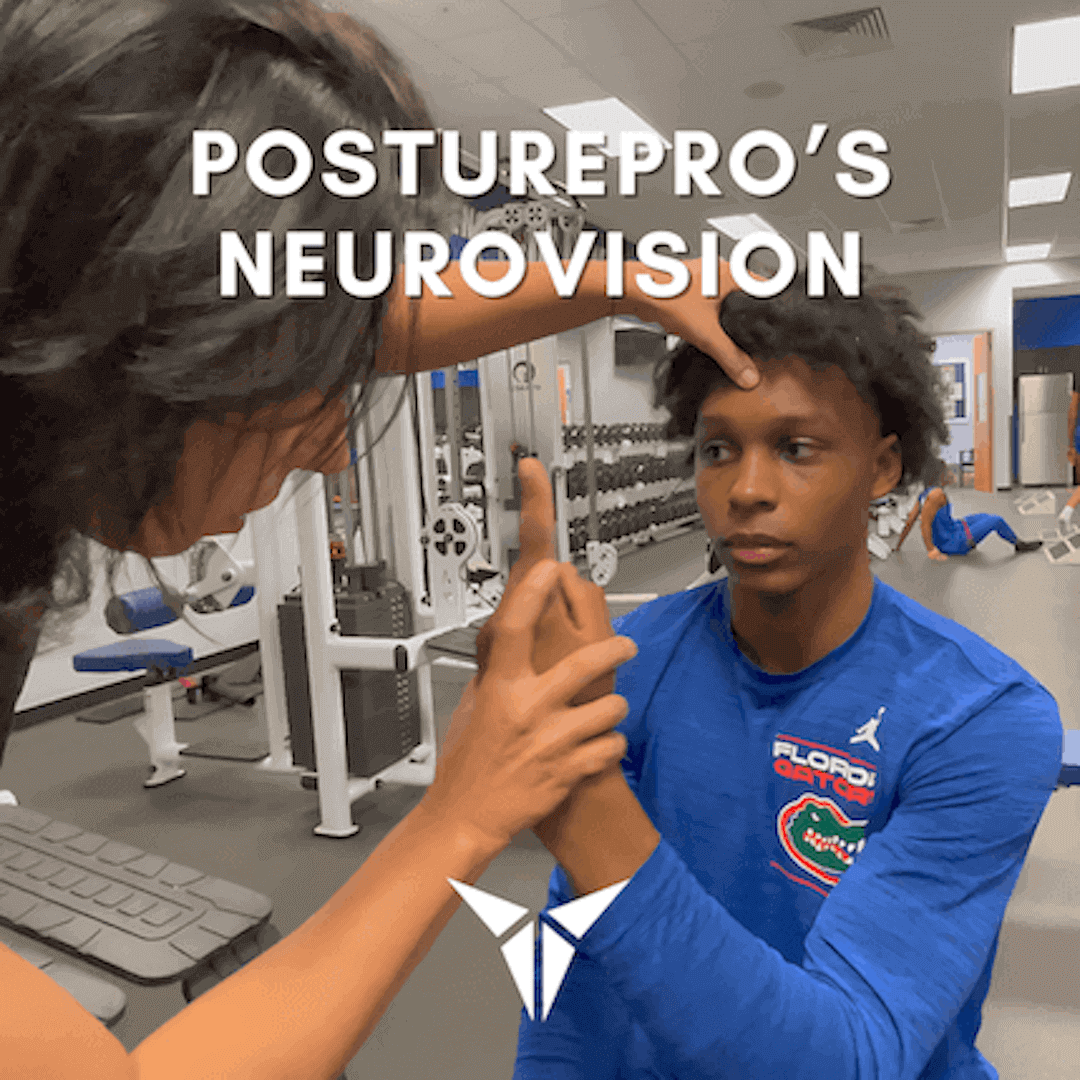The Hidden Truth Behind Lazy Eyes
Imagine trying to catch a ball—but missing by inches.
Picture feeling dizzy every time you walk up stairs.
Imagine constantly bumping into things you thought were farther away.
Life with a lazy eye is frustrating. It's not just about how your eyes look or move—it's how you see the world around you. It’s about how your brain interprets everything.
Most people think having a lazy eye means just one eye wanders off. But here's the shocking truth: a lazy eye is not simply an eye problem. It’s actually a sign your brain has lost connection with your eye muscles. And when your brain loses touch with your eyes, your entire body pays the price.
In this article, we're going to unpack the shocking hidden connection between your lazy eye, your brain, and your body’s posture. More importantly, you'll discover the empowering news: yes, this issue can be addressed—and much faster than you think.
What Exactly Is a Lazy Eye?
Let's simplify: When someone says "lazy eye," they're often talking about an eye that doesn't point straight forward. Maybe it drifts out, or it doesn't move in sync with the other eye.
You might think it's just cosmetic, but it goes deeper. Way deeper.
Your eyes are controlled by tiny muscles. These muscles receive signals from your brain, telling them exactly how to move. When these signals are weak or disconnected, your eye muscles lose coordination. It’s like having a team of rowers, and one rower isn’t getting the signals right—they start rowing out of sync, and the entire boat goes off course.

Your Brain’s Silent Disconnect
Here’s the kicker: the real problem isn’t just your eyes. It’s in your brain. Your eyes are supposed to work together, giving your brain clear, synchronized information. But when one eye stops tracking correctly, your brain becomes confused.
This confusion doesn't stop at your eyes. Your brain relies heavily on clear visual signals to understand where your body is in space. So, when your eyes become misaligned, your brain gets bad information.
Imagine trying to balance with your eyes closed. Hard, right? Your brain feels the same way when one eye isn’t working right. And this confusion doesn’t just vanish—it spreads.
The Domino Effect of Eye-Brain Disconnect
Your brain is your body's master control center. When visual signals are off, your brain has trouble balancing your body. This means your head tilts, your shoulders slump, and your hips twist without you even noticing. You're left wondering why you can't stand straight, why your back hurts, or why you always feel off-balance.
Here’s the truth bomb: If your eyes aren’t synchronized, neither is your posture.
Everyday Life Becomes a Struggle
Think about your daily life with a lazy eye. Maybe you find reading tiring, or your eyes ache after a short time on screens. Perhaps sports are impossible because your timing and depth perception are always off. Even simple tasks like climbing stairs or walking through a crowded room can feel stressful.
You're not clumsy. You're not careless. Your brain is simply working overtime trying to figure out the world through distorted visual signals. This hidden struggle affects your confidence, your performance, and your emotional well-being.
Emotional Cost of Living with a Lazy Eye
Have you ever avoided eye contact because you're self-conscious about your wandering eye?
Have you ever felt isolated because your friends don't understand why you can't join in activities easily?
These emotional hits build up over years. The stress, embarrassment, and frustration can feel overwhelming. You deserve better.
Fixing a Lazy Eye: Is It Really Instant?
Maybe you’ve tried glasses or vision therapy, with slow, disappointing results. Those approaches might partially help—but they often miss the crucial point. They treat your eye as the problem, ignoring the underlying brain dysfunction.
Real results come from reconnecting your brain to your eye muscles, restoring the communication that was lost or weakened.
The Brain-Muscle Connection: Your Secret Weapon
Your brain can relearn. It’s remarkably adaptable—this is called neuroplasticity. Through targeted sensory techniques and simple visual exercises that focus on strengthening this brain-muscle connection, you can rapidly improve how your eyes coordinate.
When you fix the signals going from your brain to your eyes, changes happen quickly. It’s not magic—it’s neuroscience.
What Does Instant Really Mean?
Instant might mean immediate, noticeable changes in eye alignment within minutes or days. For some, simply reconnecting the brain-eye pathways delivers improvements so sudden and clear it feels like flipping a switch.
Imagine the relief of finally feeling in sync with your own vision. Imagine experiencing balance, coordination, and clarity you never thought possible—almost overnight.
The Impact of Fixing Your Lazy Eye on Your Entire Body
A New Postural Alignment
When your eyes sync up, your brain immediately gets clear signals about your body's position. Your head, shoulders, hips, and feet follow suit, automatically straightening out without conscious effort.
No more constantly reminding yourself to sit up straight. No more chronic back pain or stiff necks.
Your body moves fluidly, naturally balanced, just as it’s meant to.
Enhanced Confidence and Performance
Correcting your lazy eye not only changes your posture—it changes your confidence. Imagine making confident eye contact, walking into a room tall and strong, playing sports with precision, or simply living your day without constant fatigue.
It's not just your vision; it's reclaiming your life.
How to Quickly Rebuild Your Brain-Eye Connection
Simple Exercises with Immediate Results
- Gaze stabilization – tracking simple moving targets.
- Peripheral awareness drills – noticing your side vision without moving your head.
- Visual balance activities – simple coordination drills that integrate vision with movement.
Consistency Creates Rapid Transformation
While immediate changes happen quickly, consistent practice amplifies these results dramatically. Short daily sessions reinforce new brain patterns, solidifying your improvements permanently.
Imagine spending just a few minutes daily to gain lifelong posture and visual clarity. The payoff? Priceless.
Your New Life After Fixing Your Lazy Eye
Think how powerful it feels to see clearly, move gracefully, and finally feel connected with your body. You’re not constantly compensating or hiding your lazy eye. You’re fully yourself—confident, balanced, and capable.
Sports, outdoor adventures, and physical activities become enjoyable instead of stressful. You trust your vision, rely on your balance, and experience life without limits. Your body becomes stronger and healthier because now it moves naturally.








